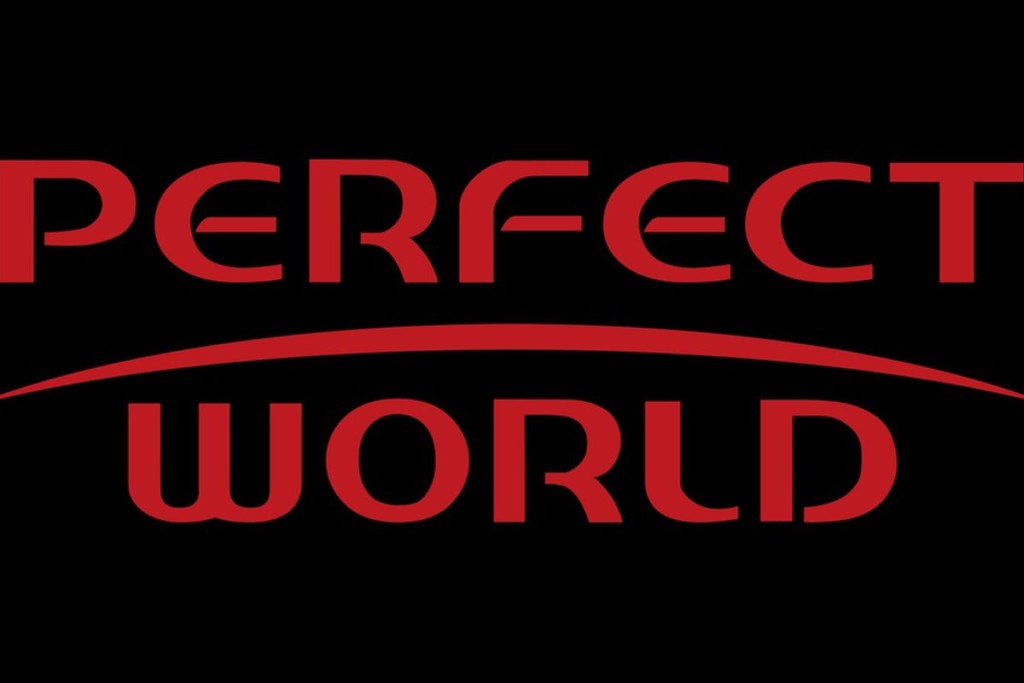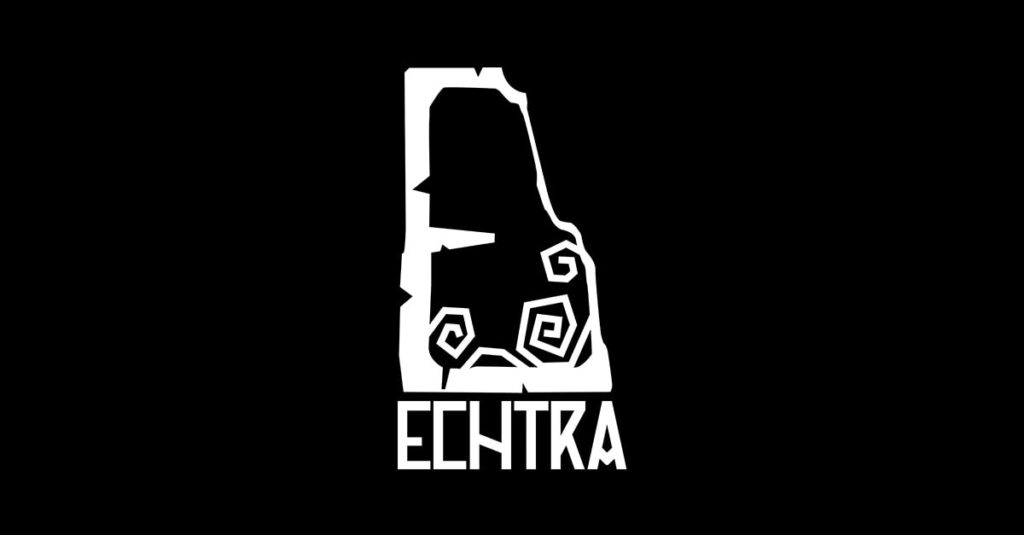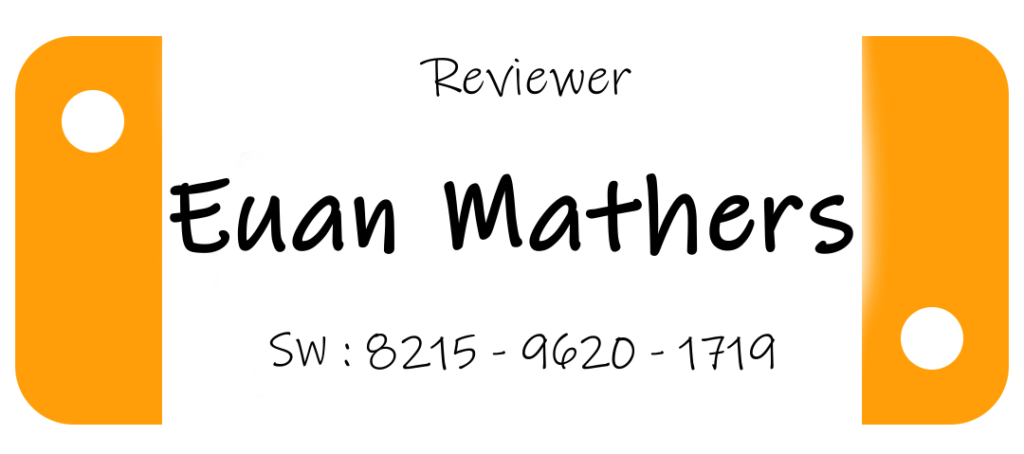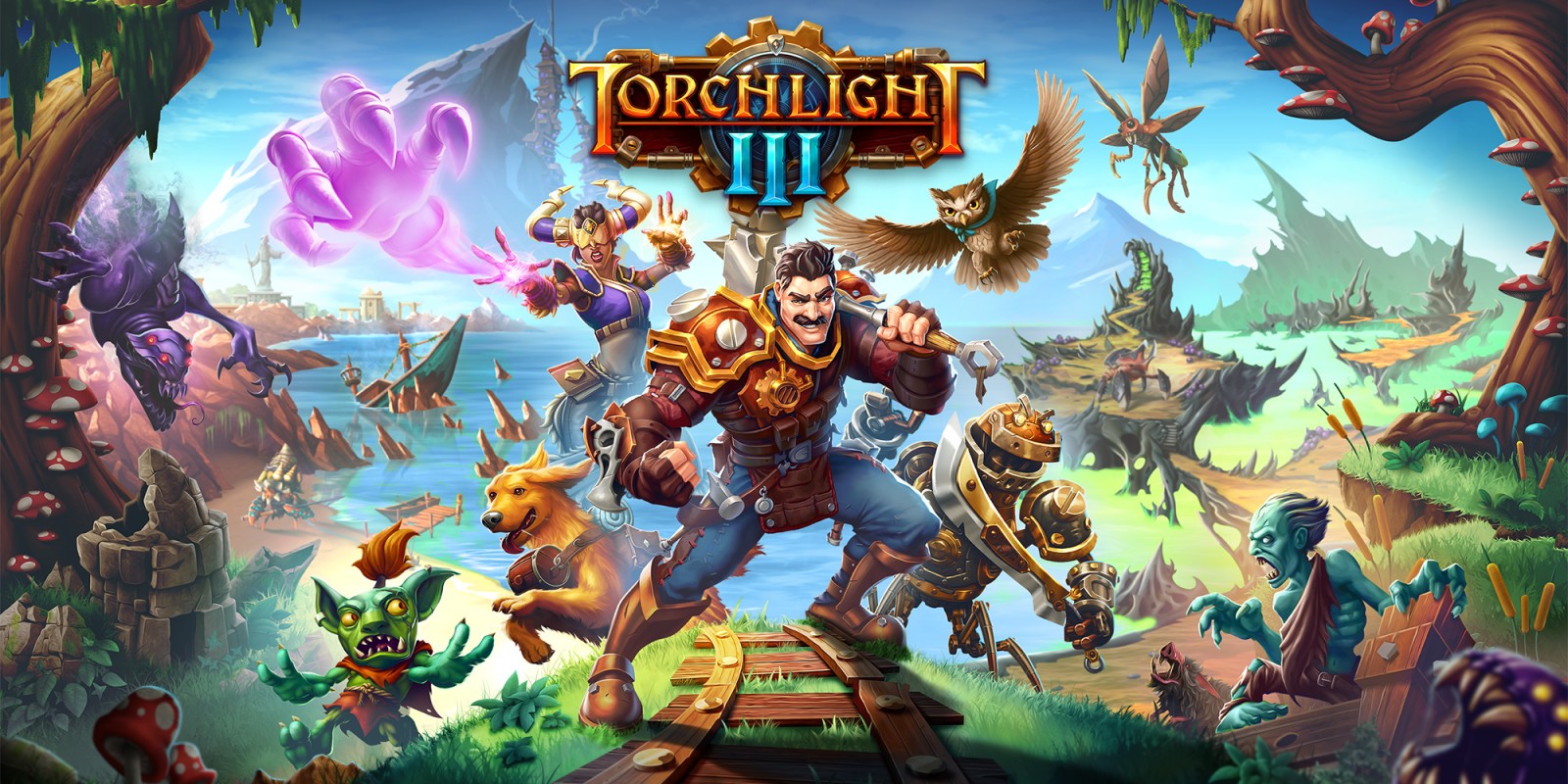[Review]: Torchlight III – Nintendo Switch
Torchlight III – Nintendo Switch
Developed By: Echtra Games
Published By: Perfect World Entertainment
Category: Isometric Action CRPG
Release Date: October 22, 2020
Last year’s Torchlight II was a resurrection of a cherished game from a now defunct developer, given a new lease of life on Switch by port experts Panic Button. Following its success now Torchlight III arrives a year later from new developers and returning publisher Perfect World. Based in San Francisco, developers Echtra Games were founded by Max Schaefer who has become a member of isometric action CRPG royalty as a co-creator of Diablo and the original Torchlight.
Torchlight III follows a similar blueprint, with the familiar loop of swarms of enemies to battle, lands to roam and loot to discover, in single player or online multiplayer. At the start of the game you choose between an archer, mage, robot or railmaster, each with their own playstyle. You also choose one of 5 elemental relics, with each offering a range of attacking and defensive skills to use in battle which can be learned through the accumulation of skills points.
The world of Torchlight III is split into 3 uniquely themed worlds with levels, towns and your base that you can select from the world map, much like in a Mario game, with the opportunity to travel back to previous locations. Similar to Torchlight II, each level has dungeon style sub-areas you can enter which usually have at least one boss waiting for you. Each level looks the same however, with little visually of note to differentiate the levels in each world. The first two worlds are a bit dreary and repetitive and unlike in a Mario game, you may not have a favourite level here with levels blending into one.
A new addition to Torchlight III is your base which you can kit out with workshops and monuments and store any additional gear. You can use workshops to build monuments and structures, with some monuments providing stat buffs. This is a nice, optional addition though your base can run out of space quickly.
Graphics are a lot more polished than Torchlight II. Characters and environments are now a lot more detailed but it comes at a cost to performance. Performance is stable most of the time but when battles swell, the frame rate plummets which is disappointing and a step back from Torchlight II.
The story continues the series trend of being fairly peripheral to gameplay. Cut scenes are few and far between, but scattered throughout each area are beacons which when activated provide a new story segment. These story segments are voice acted monologues by a character during gameplay allowing you to continue. This approach receives recognition for reducing the number of cutscenes and not interrupting gameplay, but the downside is the game doesn’t have your full attention unless you choose to stop and listen. Also at times this lore from the beacons doesn’t feel like it relates to what’s happening on screen and can be lost in the noise going on around you.
This is a much more linear experience than its predecessor, with side quests having more or less been jettisoned. However throughout are chance encounters with Phase Beasts which, when killed, transport you away to face off again against a previous boss. This time however they are at a higher level so can pose quite a challenge, but the reward is some of the best gear to be found in the game so these encounters are worth seeking out.
The downside to side quests having more or less gone is the lack of things of interest to do in towns. You spend a lot of time traveling back to the same town between tackling levels but there is little on offer from NPCs to pique your interest.
Disappointingly shopkeepers’ roles have been resigned to pawn shops. They have nothing of value to sell you but instead offer you the opportunity to pay for any of your unwanted loot, which you can buy back from them if you change your mind. Instead there is a personified loot box called a ‘Gambler’ who sells you mystery weapons and armour with a randomised, yet reasonable opportunity to be sold something of value. The problems are that the majority of the best weapons and armour are found on the battlefield and there’s a high churn rate of gear. The gains from new weapons and armour can be marginal so knowing that better gear is not far away makes buying mystery gear, which can be one of the joys to be found in RPGs when visiting a new town for the first time, fairly redundant.
A welcome return from Torchlight II is your pet companion. You choose one at the start of the game and as you progress you’re able to choose a new pet, with different pets providing different buffs to your stats or their own. While pets don’t contribute a huge amount in an attacking sense, they can at times help provide diversions to draw away some of the hordes that come after your pair of characters. Your pet also provides fairly extensive inventory space to hold and weapons and armour you may find on your travels.
Continuing the trend from Torchlight II, there are scores of weapons and armour to be found. There is so much gear to be found during battles, that having your pet companion around to share the load is essential. To help address the balance of there being so much gear to find is the welcome return of the ability to send your pet back to town from almost anywhere, to sell any unwanted gear to the local shopkeeper for gold.
However there will come a point where your inventory will be full of gear and your coffers full of gold, so sending your pet to town no longer brings the intended benefit. Money in Torchlight III carries less value than in most other RPGs. With the best weapons and armour usually found during battle, you’re left with little of interest to spend your hard earned/plundered gold on and eventually your wallet reaches its capacity. Gold can be spent on respawning or on interior design of your fort which are mostly cosmetic. But there will come a time when opening chests of gold becomes routine and meaningless. Everything in moderation as they say.
It leaves the feeling that Torchlight III offers an uneven experience. There is a large variety of loot, numerous ways to customise your character and a sizable quest. But there is too much repetition in level design and gameplay, with an unengaging story and world. Performance issues do detract and are disappointing to see from a sequel. While many of the hallmarks of the franchise are retained with fun to be had for CRPG aficionados, this overall feels like a misstep in the franchise.
3/5





Buy Torchlight III
Be sure to follow Perfect World Entertainment

Also, be sure to follow Echtra Games









